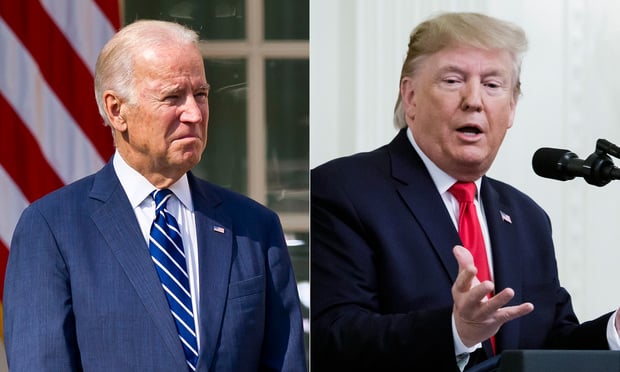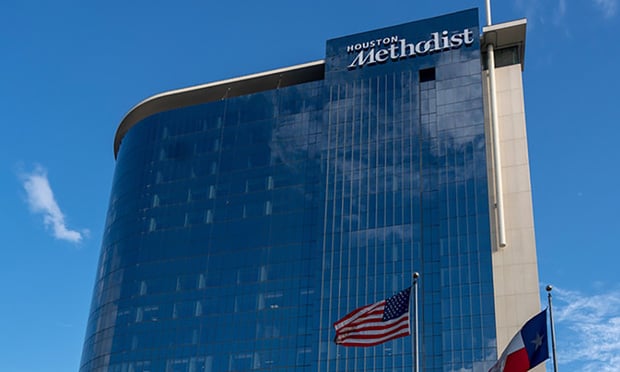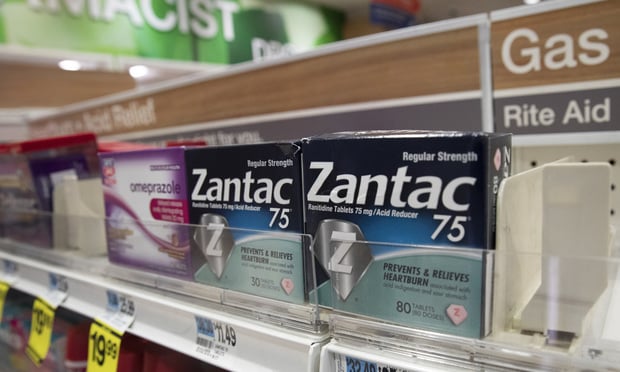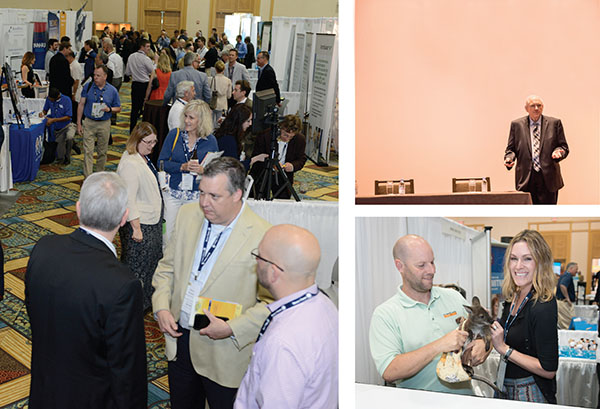

The newly renamed 2016 BenefitsPRO Broker Expo (formerly Benefits Selling Expo) drew nearly 1,000 attendees and 120 exhibitors to sunny Hollywood, Florida. Three days packed with networking, breakout sessions, dialogue, and debate were highlighted by presentations from top-notch keynote speakers, including health care futurist Jim Carroll, former White House Press Secretary Ari Fleischer, and former U.S. Senator Christopher Dodd. If you couldn't join us (or just want to revisit these great talks) here's a recap of our 12th annual show.
Health care: The future is now
By
Shawn Moynihan
When listening to futurist Jim Carroll speak, one thing quickly becomes apparent: The future belongs to those who are fast.
Delivering the keynote at the BenefitsPRO Broker Expo, Carroll provided a rapid-fire, deeply insightful “fast future” presentation on where the future of health care and benefits is headed. And to hear him tell it, it is bright for those who would embrace the impact of mobile technology and how the Internet of Things (IoT) will reshape the entire process of health care sooner than later.
For starters, Carroll explained, 10 years from now, health care will look nothing like it does today. A fundamental transformation, he explained, is on its way, and in many cases, already happening. Genetic testing and DNA sequencing will forever alter the manner in which illness is forecasted, diagnosed, and treated, in advance of the condition arising rather than after the fact, the way medical professionals do now.
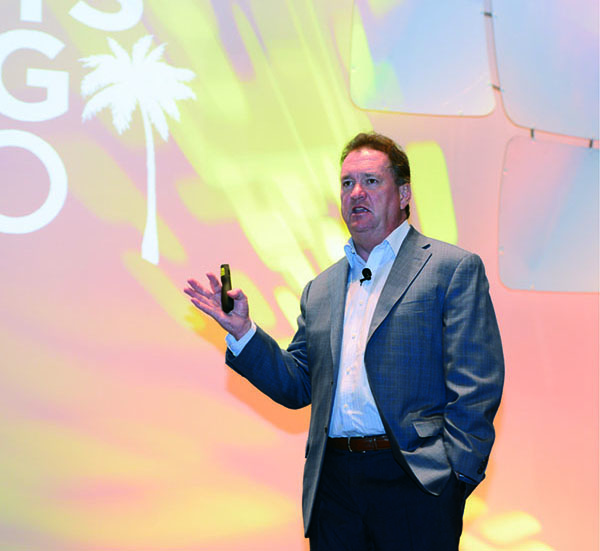
Years ago, he said, having a handheld device that monitors vital signs, takes your blood pressure, and reads your EKG was the stuff of science fiction. Today, it is a reality, courtesy of the Scanadu Scout (a tool now being tested by more than 7,000 people in more than 70 countries), and that tech will only become less expensive as time goes on. It's not farfetched, Carroll added, to imagine a day when you can walk into Best Buy and purchase an inexpensive device that does all these things and more, including diagnosing future ailments.
With the advent of technologies that monitor health signs via wearable devices and mobile devices connected to the Internet, those patients requiring critical care will also change the way hospitals operate — which is advantageous, considering the number of baby boomers who will comprise so much of the U.S. population in the coming decades.
What does all this mean? Massive opportunity for those who think forward and recognize how the IoT will shape the world of pharmaceuticals and benefits. The World Economic Forum posits that the global economic impact of the five leading chronic disease — cancer, diabetes, mental illness, heart disease, and respiratory disease — could reach $47 trillion over the next 20 years.
What if technology could allow medical science to get out in front of that, so that those costs could be slashed?
Such revolutionary developments in health care virtualization will be driven by big goals and big thinking, said Carroll. Onscreen, he showed the frightening statistics on obesity levels in the U.S. over the past few decades over a map of all 50 states, staggering numbers that illustrate one of the great health challenges of the modern age. However, that's not even the biggest worry looking forward.

“Alzheimer's disease and dementia will be the great challenge of our time,” said Carroll, noting that his mother-in-law had suffered and died from the condition, the sixth-leading cause of death in the U.S. Going forward, however, developments in science will allow for earlier detection and better treatment options.
Luckily, medical knowledge is doubling every eight years, Carroll said. Previously unthinkable advancements such as the 3-D printing of personalized knee replacements are happening now; the growth of replacement organs is something that will be available to medical professionals within years, not decades. Ingestible technology will show us how we're responding to medications, offering diagnostics on how our bodies are reacting to treatment.
The greatest challenges faced by health care CEOs, Carroll said, include the need to focus on a direct relationship with the customer — which will require wholesale re-engineering of member plans — and rapid deployment of mobile products to meet customer expectations. People will become far more engaged with matters of their own health, as they are empowered with technology that's connected to their mobile device.
Complete your profile to continue reading and get FREE access to BenefitsPRO, part of your ALM digital membership.
Your access to unlimited BenefitsPRO content isn’t changing.
Once you are an ALM digital member, you’ll receive:
- Critical BenefitsPRO information including cutting edge post-reform success strategies, access to educational webcasts and videos, resources from industry leaders, and informative Newsletters.
- Exclusive discounts on ALM, BenefitsPRO magazine and BenefitsPRO.com events
- Access to other award-winning ALM websites including ThinkAdvisor.com and Law.com
Already have an account? Sign In
© 2024 ALM Global, LLC, All Rights Reserved. Request academic re-use from www.copyright.com. All other uses, submit a request to [email protected]. For more information visit Asset & Logo Licensing.


